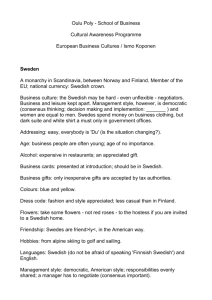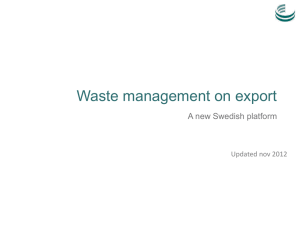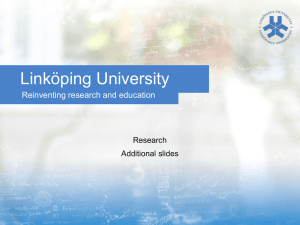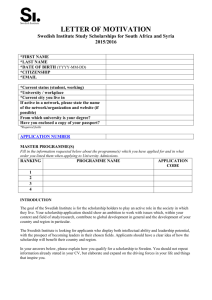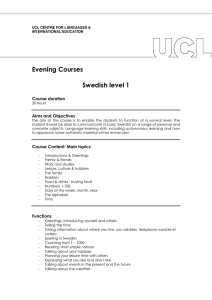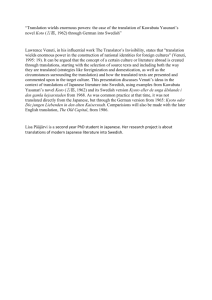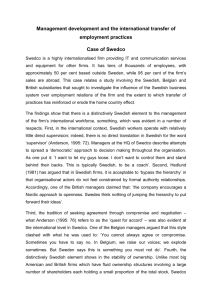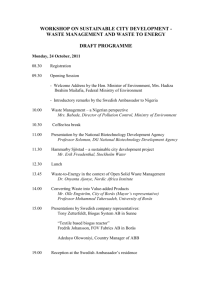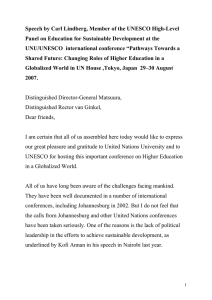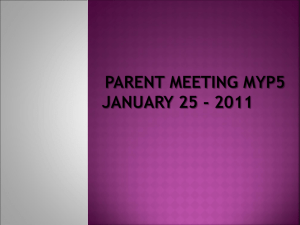Decoding strategies in the Swedish-German word understand
advertisement
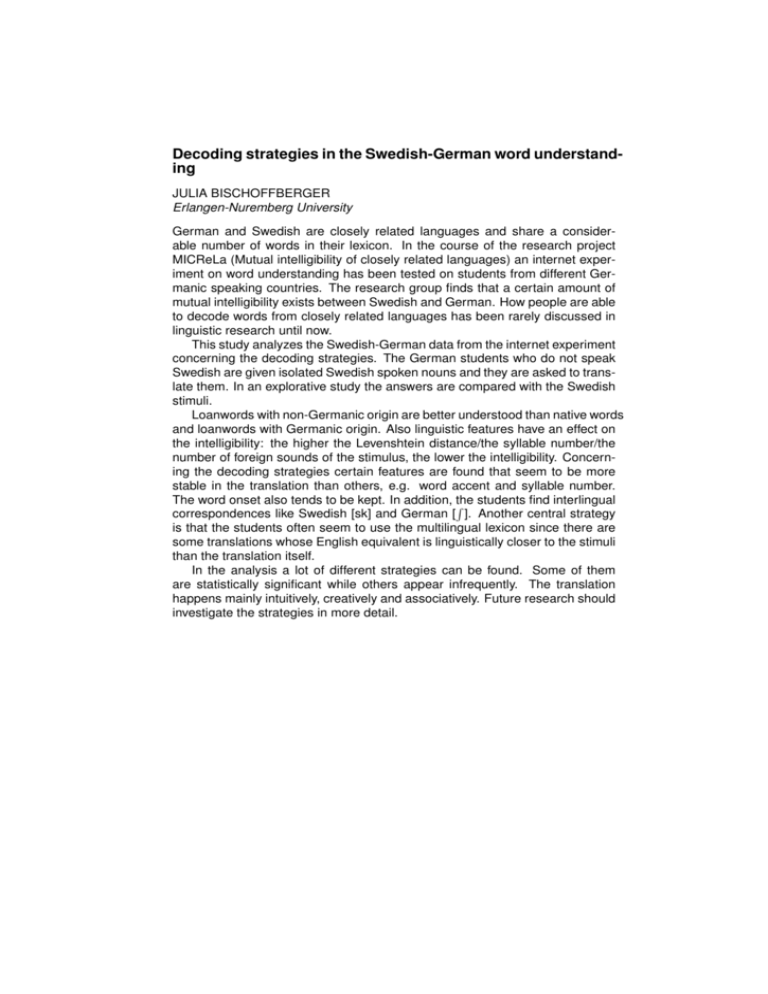
Decoding strategies in the Swedish-German word understanding JULIA BISCHOFFBERGER Erlangen-Nuremberg University German and Swedish are closely related languages and share a considerable number of words in their lexicon. In the course of the research project MICReLa (Mutual intelligibility of closely related languages) an internet experiment on word understanding has been tested on students from different Germanic speaking countries. The research group finds that a certain amount of mutual intelligibility exists between Swedish and German. How people are able to decode words from closely related languages has been rarely discussed in linguistic research until now. This study analyzes the Swedish-German data from the internet experiment concerning the decoding strategies. The German students who do not speak Swedish are given isolated Swedish spoken nouns and they are asked to translate them. In an explorative study the answers are compared with the Swedish stimuli. Loanwords with non-Germanic origin are better understood than native words and loanwords with Germanic origin. Also linguistic features have an effect on the intelligibility: the higher the Levenshtein distance/the syllable number/the number of foreign sounds of the stimulus, the lower the intelligibility. Concerning the decoding strategies certain features are found that seem to be more stable in the translation than others, e.g. word accent and syllable number. The word onset also tends to be kept. In addition, Rthe students find interlingual correspondences like Swedish [sk] and German [ ]. Another central strategy is that the students often seem to use the multilingual lexicon since there are some translations whose English equivalent is linguistically closer to the stimuli than the translation itself. In the analysis a lot of different strategies can be found. Some of them are statistically significant while others appear infrequently. The translation happens mainly intuitively, creatively and associatively. Future research should investigate the strategies in more detail.
